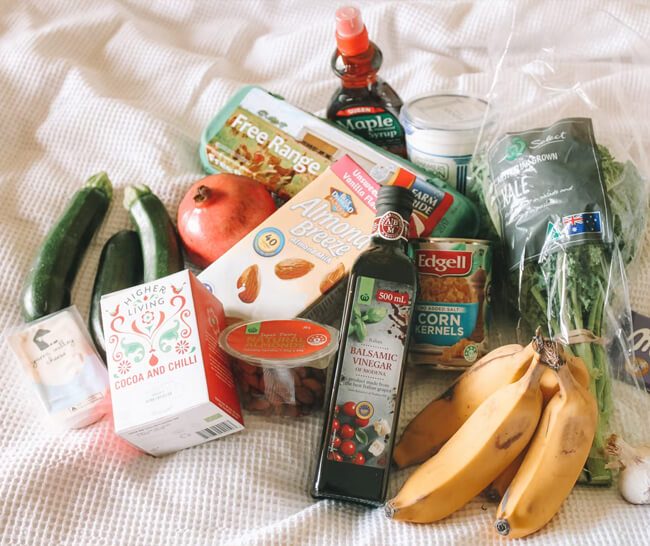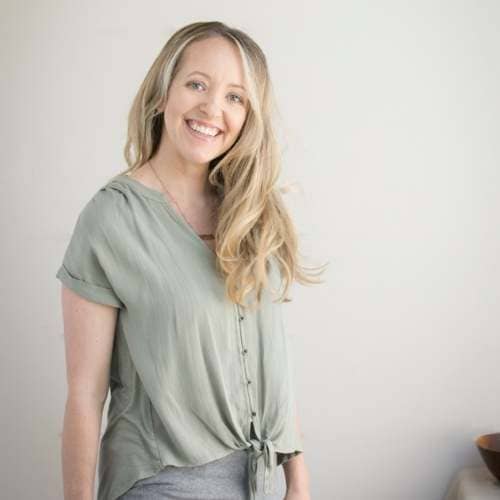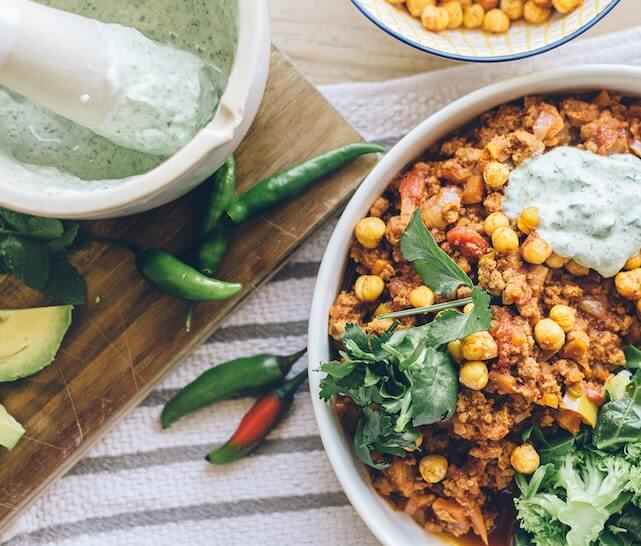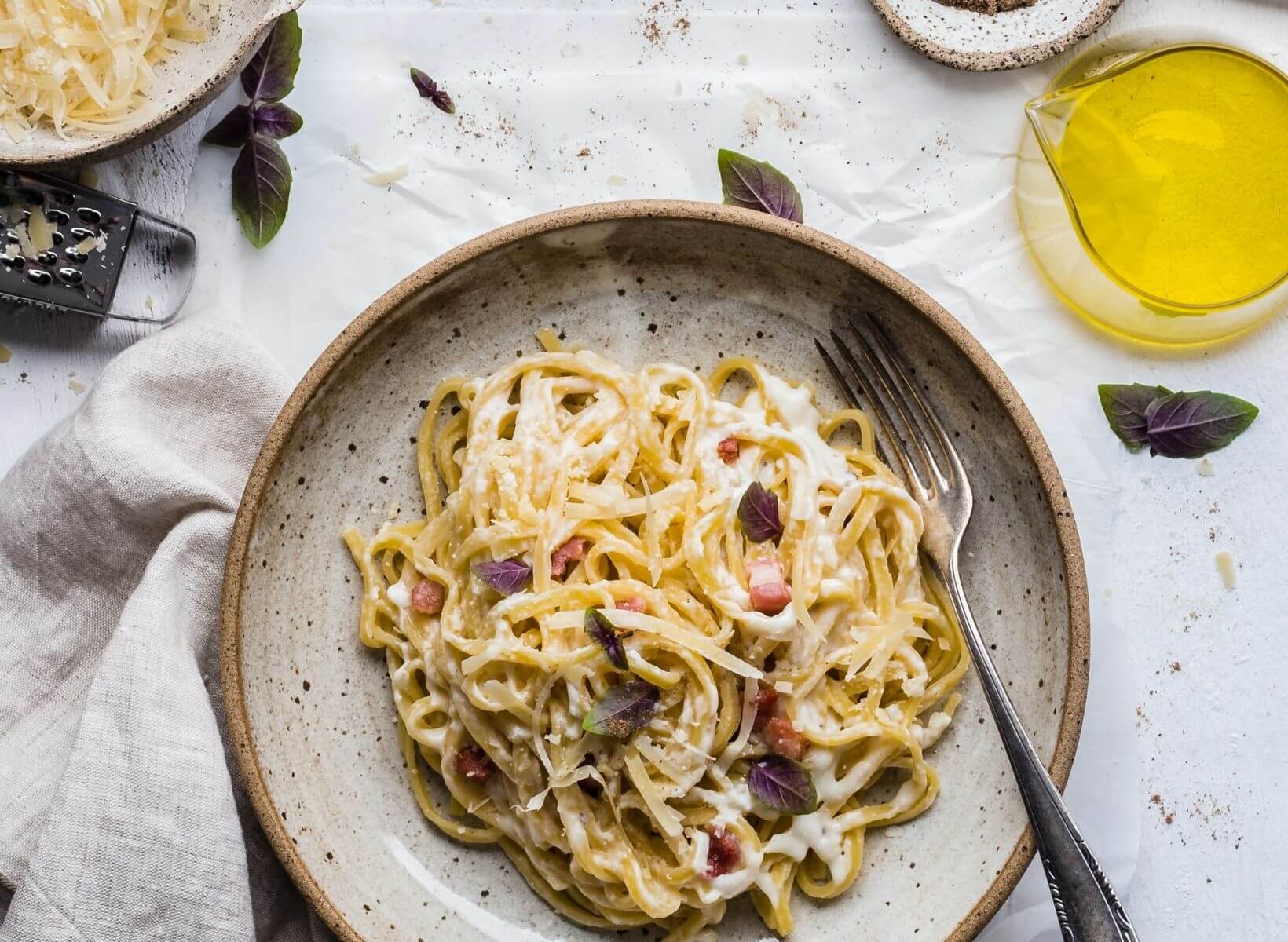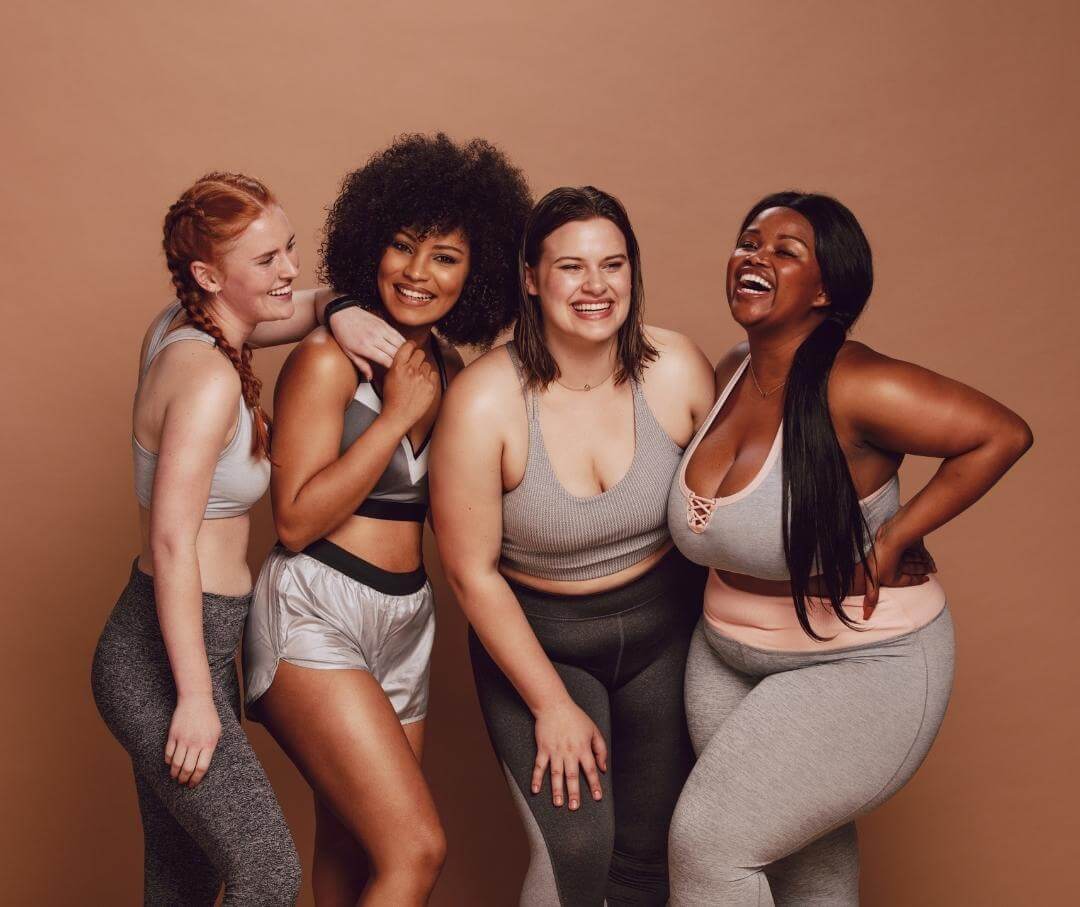We receive messages about food and diet all day long, and whether we are aware or not, this information influences our food choices. Some of the information is helpful or empowering, but a lot of it perpetuates a false narrative about food that can affect our eating habits.
Food bias refers to the opinions and preferences surrounding food—both unconscious and conscious—that influence what we eat.
A previous Signos article examined diet culture and weight bias (start there if you missed it). In this article, we will discuss the expanded reach of diet culture and how it affects our food choices and relationship with food.
As a reminder, diet culture refers to the message that thinness and dieting are revered over anything else. Diet culture impacts our views about body size and weight, creating a morally superior or better than view of thin versus people in larger bodies.
It's no surprise then that the impact of diet culture also influences attitudes about food and nutrition. In reality, your diet is simply the food you eat every day. But diet culture has hijacked the meaning of the word diet, and suddenly what we eat becomes a much more complex subject.
Let's take a closer look at how diet culture influences our food choices, even when we may not be aware it's happening.
What Is Food Bias?
Being biased means you are disproportionately for or against something or someone in a way that isn't necessarily true. So food bias suggests that we make food decisions or follow a specific diet because we've somehow received the message that it's better or worse for us, even without the evidence.
It's what makes us categorize foods as “bad” or “good” and feel equally good or bad about ourselves after eating them. Even well-meaning health messages about food can lead to food bias that the food and diet industry capitalizes on to advertise and influence our choices.
Food bias can trick us into choosing food because we believe it's better for us. It can also be used as a diet culture tool that suggests certain foods are off-limits, leading to disordered eating habits (discussed in more detail below).
Even how a food looks can influence whether we think it's healthy. A study found that when people looked at food pictures or samples, visually appealing food was more likely to be rated as healthy and lower in fat and calories. The study author suggested that people considered prettier food more natural, a clear example of food bias.
Food Bias Ignores Our Differences
The tricky thing about food and nutrition is that there isn't one perfect way to eat. Foundationally, nutrients like vegetables, fiber, and protein are healthy for nearly everyone. But the ideal eating pattern can look very different depending on your personal response.
Not everyone follows a Western eating pattern, so food bias can impact the perception of food from other cultures as unhealthy simply because it looks different. People have even evolved to eat differently depending on cultural heritage and genetics.
For example, the Inuit people from Greenland follow a very high-fat diet, which would usually be linked to cardiovascular disease. Food biases could automatically assume this eating pattern was unhealthy. But over time, the Inuit genes have adapted to metabolize fat in a way that protects them against heart disease, so the high-fat diet pattern works for this population.
Food bias ignores an individual's response to food and assumes everyone should be eating the same way, just as diet culture believes the pursuit of being thin is the only way to achieve health.
Food Bias and Diet Culture
Food bias and diet culture go hand in hand. As discussed in part one, diet culture places the thin ideal on a morally superior pedestal. Similar thought patterns are seen with food bias. If you choose to eat or avoid a specific food, you are better than those who don't make that choice.
Think about the comments you may get if you decide not to order dessert or bring a salad to work. "Oh, you're being so good." Or, oppositely, overeating can bring up less-than-kind internal thoughts. "Ugh, I've been so bad today."
Diet culture says you are more of an in-control, successful person if you can restrain from eating certain foods. Or in other words, if you only eat certain foods considered “good,” you are better than someone who may make different choices.
What Are Some Examples of Food Bias?
There are several ways food bias sneaks off the grocery shelves and into our psyche:
The Health Halo
The health halo is a bias that categorizes a product as automatically healthy based on specific phrases or characteristics.
Certain words like all-natural or gluten-free are used to give a food the appearance of being a better choice. Some people benefit from or need to follow gluten-free diets. Still, when these labels are thrown onto foods like cookies, it makes it easier to believe subconsciously that the cookie is healthier because it's gluten-free. But a cookie is still a cookie.
One study found that adding the word natural to a food label made subjects believe the food contained fewer calories and was healthier than the exact same product without the natural label.
Greenwashing is another example of a health halo. Greenwashing uses the growing concern with health and sustainability to push products and make them seem more environmentally friendly.
There are legitimate food labels that indicate ecologically conscious practices like Certified B Corp or Fair Trade Certified. Still, vague labels mean virtually nothing because there isn't an actual certification, but consumers may purchase it thinking they are making a sustainable food choice.
{{mid-cta}}
Organic Foods
There are several reasons people choose organic foods, from sustainability to perceptions of health. Although only seen in observational studies, eating organic food is associated with positive health outcomes like reduced risk of certain allergies, pregnancy complications, and birth defects.
Organic food also may be slightly higher in antioxidants. But we also know that eating plants of any kind—organic or not—provides essential macro and micronutrients for health.
The organic label becomes problematic when food marketing takes advantage of our unconscious food bias and suggests that organic always equals healthier. It's a perfect example of the health halo.
A study that labeled two identical foods as organic or regular found that those labeled organic were automatically assumed to contain fewer calories, less fat, and more fiber. Most of the foods labeled organic were also rated higher for taste, and people were willing to pay more for foods with these labels.
Chips, cookies, and candy with an organic label are nutritionally similar to non-organic versions in terms of calories or sugar content. The label just means that the ingredients are grown without pesticides. If you choose organic foods specifically because you want to limit your exposure to pesticides, then purchasing organic food makes sense. But if the organic label makes it seem like the food has less sugar, then make sure you take a closer look at the nutrition facts.
Clean Eating
The concept of clean eating is complex. There's no single definition of clean eating, but the phrase usually entails eating nutrient-dense, minimally processed food without additives or artificial flavorings and colors. Doesn't sound like a bad thing, right?
Once again, the concept of clean eating is only problematic if taken too far. On the one hand, a study found that women who followed a version of a clean eating diet pattern were more likely to meet recommendations for specific food groups like fruits, meat, and plant proteins more often.
But since there's no true definition of clean eating, following the diet can look different depending on where you get your information. One person on social media may say you need to remove all grains to eat clean, and another may say you need to drink celery juice every morning to heal your gut. Suddenly eating clean is a superior form of wellness with only one way to eat, and foods that aren't considered clean are ultimately off-limits. It's a form of food bias that suggests this is the best way to eat.
Whether it's the media or social networks, this is the danger of obtaining our diet advice from the internet. Taken too far, this can lead to disordered eating habits or orthorexia (an unhealthy obsession with eating healthy), especially when following websites or social media influencers without qualifications to give nutrition advice. What works for someone won't necessarily work for you, and it may not even be safe to follow.
The same study mentioned above that followed women who described their diet pattern as clean eating also had higher levels of dietary restraint or an "obsessive effort to restrict and control calorie intake and food choices."
Another study found that clean eating can lead to over-restriction and feelings of guilt or emotional distress.
Further, clean eating can make it seem that anything that doesn't fall under the umbrella is somehow less than or dirty, leaving out cultures or diet patterns that don't fit into the mold.
The desire to take charge of your health and choose nutrient-dense foods is fantastic, but like any diet or wellness program, a food ideology that's taken too far or used as a tool to generate fear or shame about eating is a problem. If the clean eating trend sends a food-shaming message to some people, it's just another version of diet culture.
Low-Calorie or Low-Fat Labels
When I was in junior high, I remember sitting in my best friend's room eating Snackwell's Devil Food Cakes and feeling like I could literally have my cake and eat it too because they were considered "low fat."
I didn't understand that the product was made almost entirely of chemicals, and my feelings already reflected the influence of diet culture and food bias in my 13-year-old brain. For many people, low fat on a label means healthy. But some studies show that many foods labeled low fat or low sugar aren't necessarily better for you.
Similarly, a low-calorie label doesn't always equal a great food choice, and higher-calorie foods aren't something to avoid—think nut butter, avocado, or olive oil. But because many of us associate low calorie with better (remember, diet culture wants us to take in the least amount of food to achieve thinness no matter what), we may gravitate toward it.
How Should We Address Our Food Biases?
Just like diet culture and weight bias, it takes time to unlearn something that's been ingrained for so long. But the first step is simply paying attention and understanding that we all likely have food biases that we aren't even aware exist. Before purchasing something because of a label, consider taking a second look to see if what's inside reflects what's advertised on the outside.
Second, recognize that what works for you may not work for another and vice versa. We are all biologically different, so our responses to food are also different. One person may easily adopt their version of clean eating (or any diet pattern) but feel okay occasionally eating foods that aren't necessarily on the plan. But another person may be triggered by the concept and take it too far.
There's no one path to health for every person since we are all different, but separating food biases from what makes you feel good is key for making individual choices.
- Item 1
- Item 2
- item 3
Topics discussed in this article:
References
- https://psycnet.apa.org/record/2019-22747-005
- https://journals.sagepub.com/doi/10.1177/0022242920944384
- https://www.science.org/doi/10.1126/science.aab2319
- https://www.sciencedirect.com/science/article/abs/pii/S0195666316306171
- https://www.bcorporation.net/en-us/
- https://www.fairtradecertified.org/
- https://pubmed.ncbi.nlm.nih.gov/24968103/
- https://www.ncbi.nlm.nih.gov/labs/pmc/articles/PMC7019963/
- https://pubmed.ncbi.nlm.nih.gov/24968103/
- https://www.sciencedirect.com/science/article/abs/pii/S0950329313000141
- https://pubmed.ncbi.nlm.nih.gov/32517342/
- https://pubmed.ncbi.nlm.nih.gov/30205540/
- https://pubmed.ncbi.nlm.nih.gov/24420676/
- https://pubmed.ncbi.nlm.nih.gov/30205540/
- https://www.ncbi.nlm.nih.gov/labs/pmc/articles/PMC6545628/
- https://www.jandonline.org/article/S2212-2672(17)30072-2/fulltext

